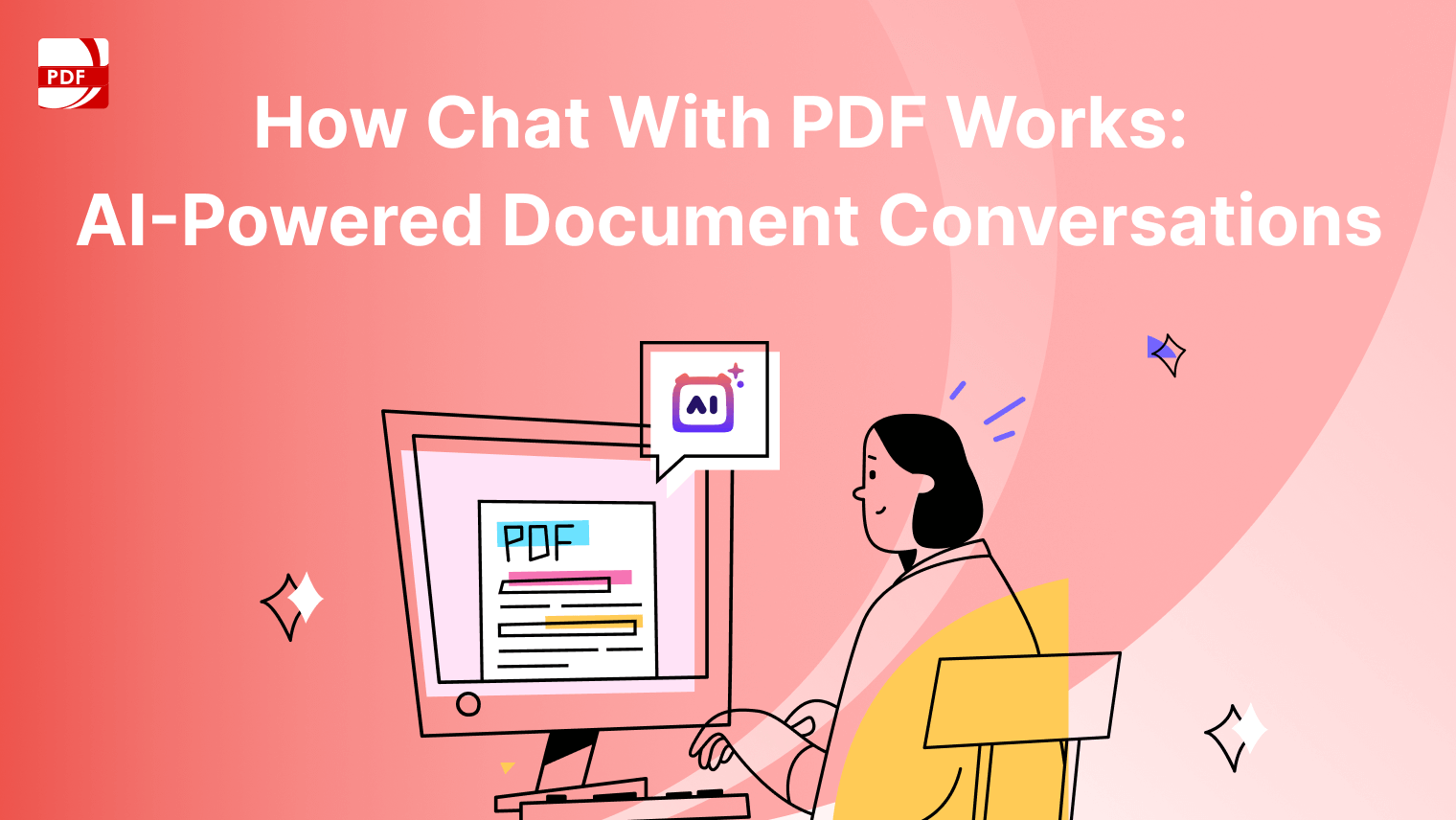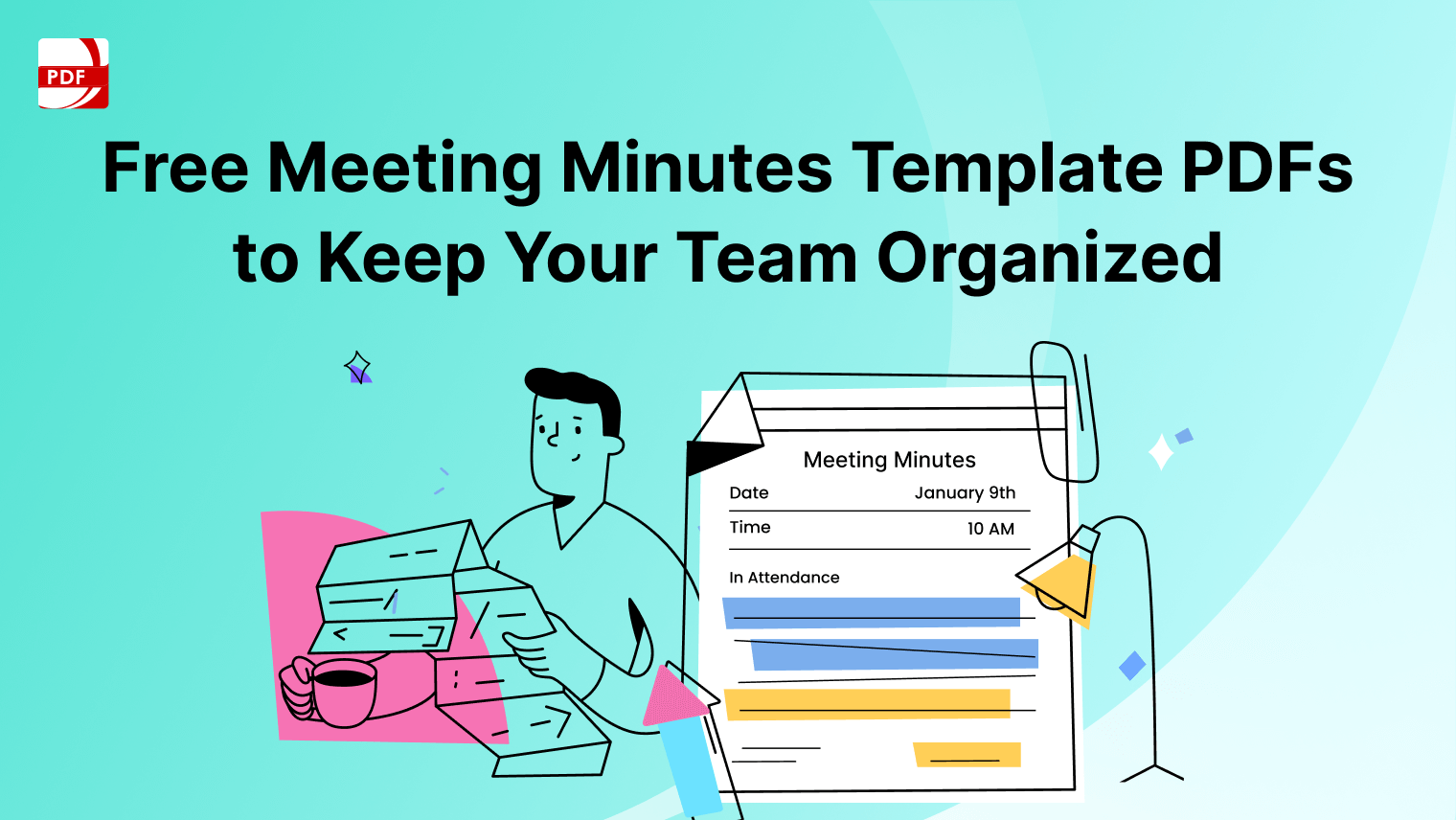Understanding and implementing a robust privacy policy has never been more critical. As businesses and services migrate online, so does the personal data of millions of users. A privacy policy is not only a legal document but also a pledge of trust and transparency between a business and its users.
It outlines how personal information is collected, used, and protected. This introduction will delve into the significance of privacy policies, ensuring both business integrity and user data protection.
Understanding the Need for a Privacy Policy
Let's learn more about the various intricacies that go into writing a privacy policy.
It is important that you spend some time immersing yourself in the following topics.
Legal Requirements
Different regions have varying legal stipulations for privacy policies. The General Data Protection Regulation (GDPR) in Europe and the California Consumer Privacy Act (CCPA) in California are just two examples of legal frameworks designed to protect consumer data.
These regulations mandate that businesses disclose their data collection and processing activities, emphasizing the need for a comprehensive privacy policy.
Trust Factor
Beyond compliance, a privacy policy is a critical component of building user trust. It demonstrates a business's commitment to data privacy and security, assuring users that their personal information is handled responsibly.
This trust is fundamental in retaining users and encouraging new users to engage with online services and websites.
Key Elements of a Privacy Policy
Data Collection Practices
A privacy policy must clearly articulate the types of personal data collected (such as names, email addresses, etc.) and the methods of collection. Whether data is gathered through form submissions, cookies, or other means should be transparently stated.
Data Usage
Understanding how collected data is used is paramount. The privacy policy should explain if data is used for service improvement, marketing, or shared with partners and stakeholders.
Data Sharing and Disclosure
There might be circumstances under which data is shared with third parties, such as during legal proceedings or with affiliate partners. The policy should outline these scenarios clearly, ensuring users understand when and why their data might be shared.
User Rights and Choices
Highlighting user rights is a crucial aspect of any privacy policy. It should detail how users can access, rectify, or delete their personal data, as well as opt-out of certain uses of their data.
Data Security Measures
Detailing the security measures in place to protect user data instills confidence. Whether through encryption, regular audits, or secure servers, demonstrating a commitment to data security is vital.
Cookies and Tracking Technologies
As cookies and tracking technologies are commonly used to enhance user experience and gather analytics, it's important to disclose their use, functionality, and user options for control.
Policy Updates and User Notification
Finally, the privacy policy should include a section detailing how and when the policy is updated and the methods used to inform users of these changes, ensuring ongoing transparency and compliance.
Check out our tips on how to write a Non-Disclosure Agreement (NDA) for effective information protection.
Writing the Privacy Policy
Step-by-Step Guide
Drafting a privacy policy begins with a clear understanding of your data practices and a commitment to user privacy. Follow these steps to create an effective policy:
- Identify What Data You Collect: List the types of personal information you gather, including names, addresses, payment information, etc.
- Explain Data Usage: Clearly state how you intend to use the collected data. Be specific about purposes such as marketing, functionality improvement, or customer service.
- Describe Data Sharing and Disclosure: Disclose any circumstances under which you might share data with third parties, including legal obligations, business transfers, or with user consent.
- Detail User Rights: Inform users of their rights regarding their data, including access, correction, and deletion rights.
- Outline Data Security Measures: Explain the safeguards you have in place to protect user data from unauthorized access or breaches.
- Discuss Cookies and Tracking Technologies: If applicable, describe how and why you use cookies and other tracking technologies.
- Describe Policy Updates Process: Detail how you will inform users of policy changes and the frequency of policy reviews and updates.
Tips for Clarity and Compliance
- Use Plain Language: Avoid legal jargon and write in clear, straightforward language to ensure all users, regardless of their legal expertise, can understand the policy.
- Be Concise but Comprehensive: Cover all necessary topics without unnecessary verbosity. Be thorough but avoid overwhelming the reader.
- Organize Information Logically: Use headings and bullet points to structure the policy, making it easy for users to find relevant information.
- Reflect Your Brand's Voice: While maintaining professionalism, let your brand's personality shine through to make the policy less intimidating.

Use a Data Security Policy PDF Template
PDF Reader Pro recognizes the critical importance of data security in the digital age. To assist businesses in establishing robust data security protocols, they offer a "Data Security Policy PDF Template."
This template is designed to provide a comprehensive framework for organizations looking to develop or refine their data security policies.
Here's what you need to know about this valuable resource:
Features of the Template
- Predefined Sections: The template includes sections on all critical aspects of data security, such as data classification, access control, incident response, and data retention. These sections are crafted to be easily adaptable to your specific business needs.
- User-Friendly Format: Available in PDF format, the template is accessible and easy to edit, allowing businesses to add, modify, or remove content as needed.
- Guidance on Best Practices: It incorporates industry best practices and guidelines to help ensure that your data security policy is up-to-date and comprehensive.
- Customizable for Various Industries: Whether you're in finance, healthcare, education, or any other sector, the template is designed to be flexible and relevant to a wide range of industries.
Get the steps on how to write a notarized statement effectively with our guide, ensuring legal acknowledgment and validity.
Privacy Policy Legal Considerations
Importance of Compliance
Legal compliance is not just about avoiding fines; it's about protecting your users and your business.
Data protection laws vary by country and region, and understanding the specifics is crucial for any business operating online. Non-compliance can lead to hefty fines, legal disputes, and loss of user trust.
Consulting Legal Experts
Given the complexities and constant evolution of data protection laws, consulting with legal professionals is advisable. Here are a few considerations:
- Local and International Laws: Ensure your policy complies with the laws applicable to your user base. For example, if you have users in Europe, GDPR compliance is a must.
- Industry-Specific Regulations: Some sectors, like healthcare or finance, have additional privacy regulations.
- Regular Reviews and Updates: Laws and business practices change. Regularly review your privacy policy with legal counsel to ensure ongoing compliance.
By focusing on these aspects of writing and legal considerations, businesses can craft a privacy policy that not only meets legal standards but also enhances user trust and reflects the company's commitment to privacy.

How to Write a Privacy Policy: Best Practices
Writing an effective privacy policy is a critical task for any organization that handles personal data. Here are best practices incorporating the specified keywords to ensure your privacy policy is both compliant and user-friendly:
Understand the Essence of Privacy Policy
A privacy policy is a legal document that outlines how a company collects, uses, stores, and shares personal information. Given its legal requirement in many jurisdictions, ensure that your privacy policy accurately reflects your privacy practices and adheres to relevant data privacy laws.
Identify and Describe Data Collection
Clearly state what types of personal data you collect from users, such as email addresses or contact details. Whether the data comes from online forms, direct interactions, or third-party sources, your policy should detail these sources and the types of data collected.
Specify the Purpose of Data Collection
Explain why you need the personal data. Each processing activity should have a clear purpose, whether it's to fulfill service requirements, improve user experience, or comply with legal obligations. An average person should be able to understand the necessity of collecting their data.
Discuss Privacy Notices and Consent
Outline how you inform users about privacy notices. Specify how users can give, withdraw, or manage their consent. Be transparent about your privacy practices, including any changes, and how users can expect to be notified.
Detail Your Security Measures
It's crucial to discuss the security measures in place to protect user data. This reassures users and demonstrates your commitment to safeguarding their information. Include information on encryption, access controls, and any other relevant security protocols.
Address User Rights and Contact Information
Inform users of their rights regarding their personal data, including access, correction, and deletion. Provide clear contact details for users to reach out if they have privacy concerns or need to manage their information.
Update Regularly and Provide Legal Advice
Privacy policies should not be static. Regularly update your policy to reflect new legal requirements, changes in privacy practices, or shifts in business strategy. While privacy policy generators can be useful, always seek legal advice to ensure that your document complies with all applicable laws and regulations.
Utilize Clear and Accessible Language
Avoid legal jargon and write in a way that the average person can understand. Your policy should be accessible and easy to navigate, possibly with a FAQ section addressing common privacy concerns.
By following these best practices, organizations can create privacy policies that not only meet legal standards but also build trust with users by clearly communicating how their data is handled and protected.
Learn the strategies for managing document security with our guide, ensuring your sensitive information remains protected.
How to Write a Privacy Policy: FAQ
What should I consult a legal professional for when writing a privacy policy?
Consult a legal professional to ensure your privacy policy is compliant with relevant data privacy regulations and laws. They can provide guidance on privacy requirements specific to your business model and jurisdiction, helping you navigate complex privacy laws and regulations.
How can I ensure my privacy policy is compliant with privacy laws?
To ensure compliance with privacy laws, regularly review and update your privacy policy to reflect changes in relevant data privacy regulation. Understand the specific privacy rules and regulations that apply to your business and incorporate them into your policy.
Are there templates available for writing a privacy policy?
Yes, privacy policy templates are available and can serve as a starting point. However, customize the template to fit your specific privacy practices and ensure it addresses all legal and compliance aspects pertinent to your business and industry.
How do I handle changes in compliance with privacy laws?
Stay informed about updates and changes in privacy regulators' guidelines and laws. Regularly review your policy and adjust it to maintain compliance with evolving privacy requirements. Consider setting up alerts or subscribing to updates from legal sources or privacy authorities.
What are the essential privacy rights I should include in my privacy policy?
Essential privacy rights to include in your policy are the rights to access, correct, delete, or transfer personal data. Also, inform users about their right to object to certain processing activities and how they can update their consent preferences.
How do I address user privacy in the policy?
Address user privacy by clearly explaining how you collect, use, store, and share personal data. Be transparent about your data processing activities and how users can exercise their privacy rights and manage their consent preferences.
How do I incorporate user consent into my privacy policy?
Incorporate user consent by clearly explaining what consent is required for, how it can be given, and how users can withdraw or modify their consent preferences. Detail the process for users to opt in or out of specific data processing activities.
Should my privacy policy differ if I'm part of social media companies?
If your business model involves social media or similar platforms, tailor your privacy policy to address the unique aspects of data collection, sharing, and user interaction specific to social media companies. Consider the additional privacy implications and regulations that might apply.












 Free Download
Free Download  Free Download
Free Download 





 Support Chat
Support Chat